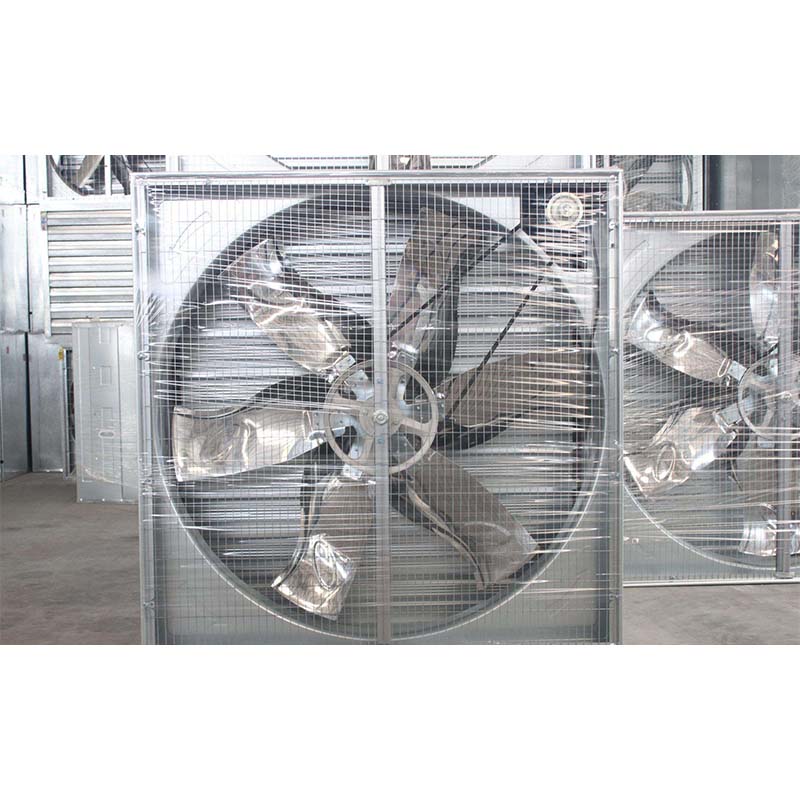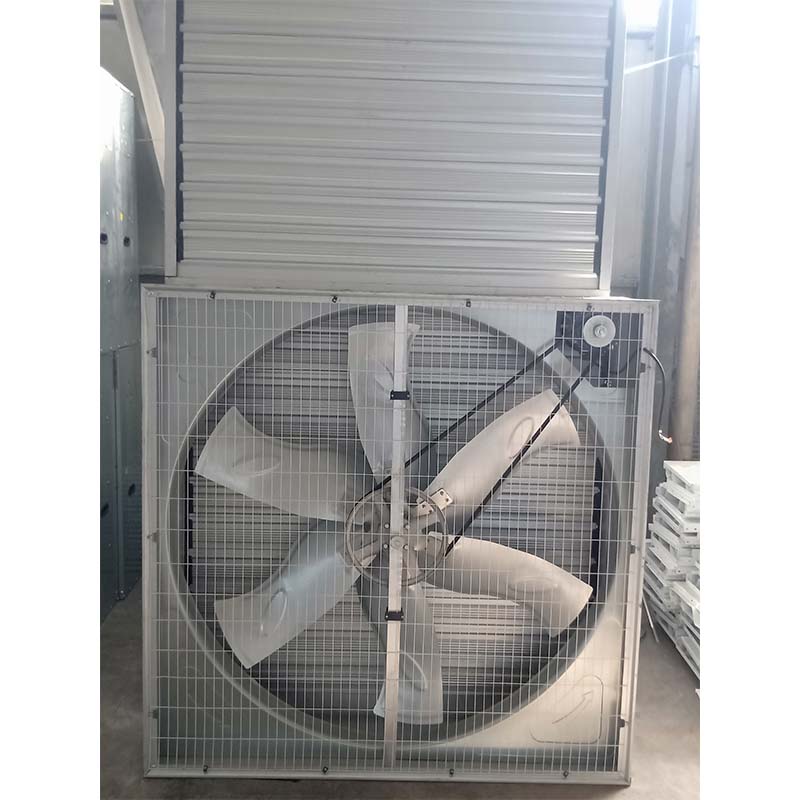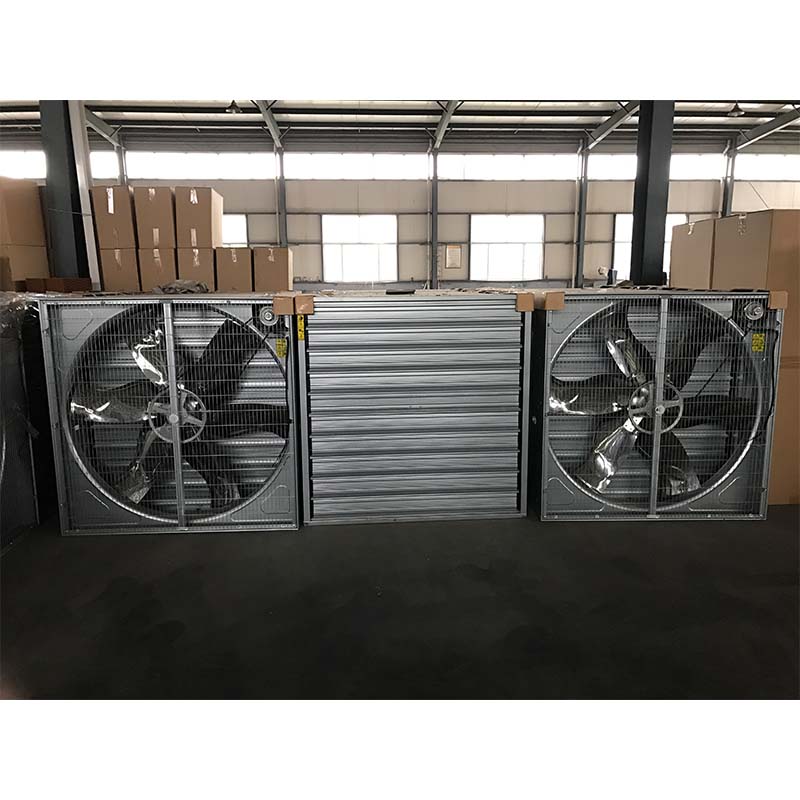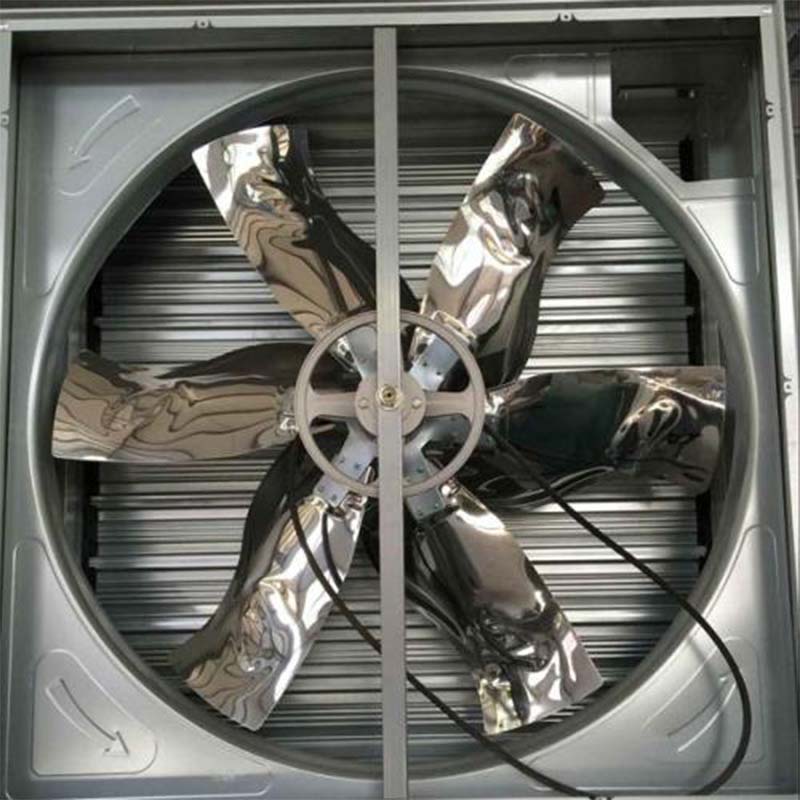Evaporative Cooling Pad | Efficient, Energy-Saving, Durable
Oct . 19, 2025 11:50 Back to list
Evaporative Cooling Pad | Efficient, Energy-Saving, Durable
A Field Note on Evaporative Cooling Pads, Fans, and Why Greenhouses Still Bet on Wet Air
If you’ve walked the rows of a commercial greenhouse in July, you already know the hero of the story: the evaporative cooling pad, working in tandem with high-volume exhaust fans. To be honest, the tech is old-school—and that’s partly the point. It’s efficient, durable, and, when paired with a robust ventilation system, consistently cheaper to run than most mechanical chilling.

What’s Actually in the Box
At the core is the greenhouse ventilation cooling system, built in Jinwang Western Street, Industrial Zone, Anping County, Hengshui, Hebei, China. The fan unit—yes, the beefy bit that pulls air through the evaporative cooling pad—is composed of blades, belt pulley, blade hub, belt, bearing, blade support, shutters, frame, protection mesh, motor and other components. The motor drives the blades to generate a steady, testable airflow. Simple, reliable, fixable.

Industry Trend Check
Energy prices up, water stewardship under scrutiny, and more growers moving toward closed-loop fertigation. Yet, surprisingly, demand for evaporative cooling pad systems keeps climbing in hot-dry and hot-humid zones alike. Why? At high air exchange rates, you can shave 6–12°C off inlet air with ≈80–90% saturation efficiency, and fans tested under AMCA 210/ISO 5801 can guarantee airflow you can design around.
How It’s Made (Short Version)
- Materials: cellulose kraft paper (≈140–150 gsm) impregnated with phenolic/aliphatic resin; anti-rot & UV additives; galvanized or aluminum frames; stainless fasteners.
- Methods: cross-corrugation (45°/45° or 45°/15°), high-pressure curing, edge sealing, hydrophilic treatment for uniform wetting.
- Testing: fan airflow per AMCA 210/ISO 5801; noise ISO 3744; pad saturation efficiency via lab duct at 1.5–2.5 m/s; corrosion per ASTM B117 (representative); flame spread where requested (ASTM E84, supplier-specific).
- Service life: pads ≈5–7 years (water quality dependent); fans ≈8–10 years with scheduled belt/bearing maintenance.
- Industries: horticulture, poultry, mushroom houses, textile pre-cooling, data center pre-cool, warehouse HVAC make-up air.

Key Specs (Typical Package)
| Fan Diameter | ≤ 1380 mm (54”) options |
| Airflow (AMCA 210/ISO 5801) | ≈ 32,000–45,000 m³/h (real-world use may vary) |
| Motor | 0.75–1.5 kW, 380/400V 3φ, IP55, IE2/IE3 |
| Pad Thickness | 100–150 mm |
| Pad Efficiency @2.0 m/s | ≈ 80–90% |
| Pressure Drop (Pad) | ≈ 12–35 Pa |
| Noise | ≤ 68 dB(A) @1 m (typ.) |
Vendor Snapshot (What Buyers Ask Me)
| Vendor | Origin | Media Paper | Frame | Certs | Lead Time |
|---|---|---|---|---|---|
| Yize Machine | Anping, Hebei, China | ≈150 gsm, resin-impregnated | Galvanized / Aluminum | ISO 9001, CE (fan) | 2–4 weeks |
| Vendor A | EU | 140–160 gsm | Aluminum | AMCA-rated fan | 4–6 weeks |
| Vendor B | SEA | ≈135 gsm | Galvanized | Basic QC | 3–5 weeks |

Applications, Custom Options, Real Feedback
- Scenarios: tunnel-ventilated greenhouses, breeder houses, seedling rooms, packhouses, and, yes, data center pre-cool in dry climates.
- Customization: pad thickness (100/150 mm), 45/45 vs 45/15 angles, anti-algae coatings, stainless hardware, 50/60 Hz motors, PLC/EC fan controls, water recirculation filters.
- Customer notes: “Uniform wetting, fewer dry streaks,” one grower told me; another said belt tension checks every quarter kept airflow stable all season.
Three Quick Case Snippets
- Tomato facility, 1.2 ha: inlet air drop ≈ 9°C at 2.1 m/s face velocity; yield uplift reported 6% during heat wave.
- Poultry house, 40,000 birds: mortality down 1.3% in peak summer; ammonia noticeably lower due to higher ACH.
- Textile plant pre-cool: fan energy 1.1 kWh/1,000 m³ vs. chilled air baseline 2.4—capex paid back in ~14 months.

Compliance and What to Ask Your Vendor
Look for ISO 9001 quality management; fan performance to AMCA 210/ISO 5801 with traceable test reports; and ventilation rates aligned to ASHRAE 62.1 guidance. Water quality matters more than brochures admit—install simple filtration and periodic biocide dosing to stretch evaporative cooling pad life.
References: [1] AMCA 210 / ISO 5801: Laboratory Methods of Testing Fans for Aerodynamic Performance Rating. [2] ASHRAE Handbook—HVAC Applications, Evaporative Cooling. [3] FAO, Greenhouse Engineering: Natural Ventilation and Evaporative Cooling. [4] ISO 9001:2015 Quality Management Systems.
-
Efficient & Sustainable Chick Brooding Cage Systems for Modern Poultry Farming
NewsNov.24,2025
-
Cage for Chick: Optimizing Poultry Care for Global Food Security
NewsNov.23,2025
-
Baby Chicks Cage – Global Solutions for Sustainable Poultry Farming
NewsNov.22,2025
-
Baby Chick Cage: The Essential Guide to Brooding Solutions for Poultry Farmers
NewsNov.22,2025
-
Understanding Square Grain Silos: Global Impact, Benefits, and Trends
NewsNov.21,2025
-
Automatic Feeding Line System-Anping County Yize Metal Products Co., Ltd.|Automated Feeding&Watering
NewsNov.21,2025






